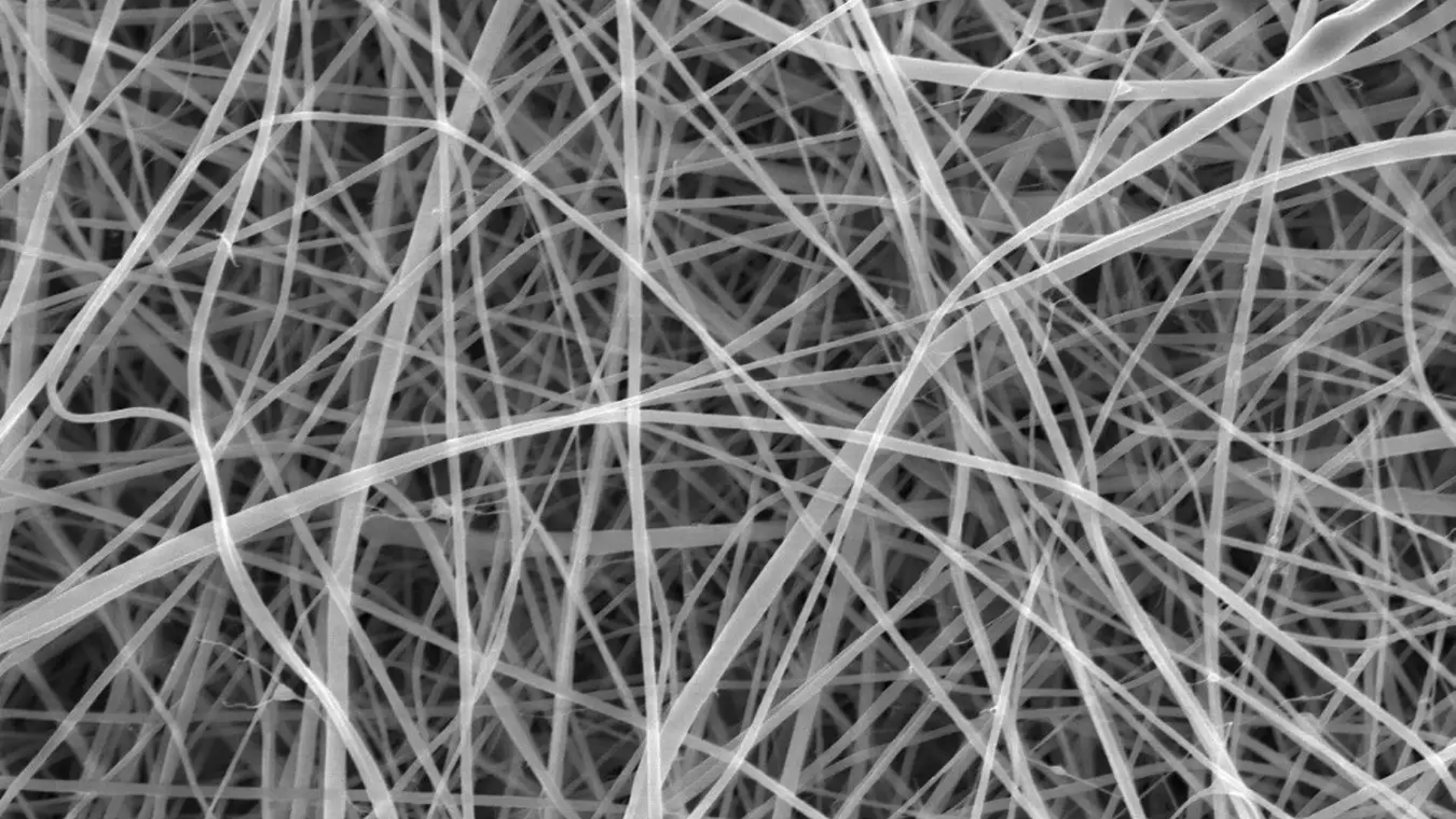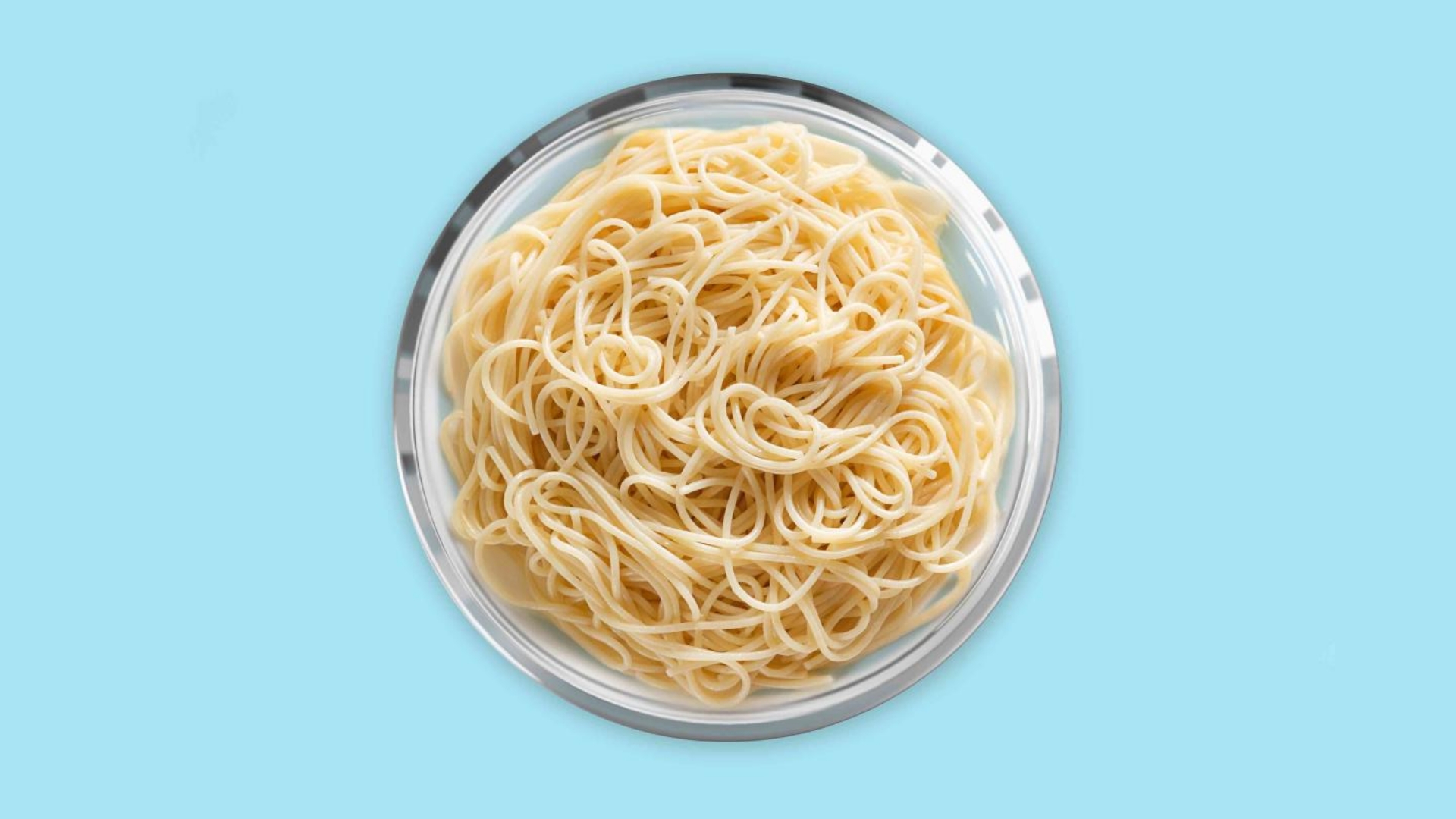World's Thinnest Spaghetti? Nanopasta Could Revolutionize Wound Care

Craving a bowl of comfort? We all know the satisfying feeling of twirling a forkful of pasta – it's practically science-backed mood food! But get ready to have your mind and your body blown. Forget standard spaghetti, researchers have cooked up something truly extraordinary: nanopasta. We're talking the world's thinnest spaghetti, so tiny it's measured in nanofibers. And no, you probably won't be topping it with marinara anytime soon. This revolutionary "pasta" could actually be the key to healing wounds. Intrigued? Let's dive into the fascinating world of nanopasta and find out if this microscopic marvel could be the future of medicine.

Each nanopasta strand is 370 nanometers broad, or roughly two hundredths the breadth of a human hair, making it an almost unimaginably tiny strand of tungsten disulfide. A single strand is so thin that it is not visible to the unaided eye. You would need an electron microscope to distinguish each strand because it is quite difficult to see with a regular microscope.
The ingredients include formic acid and flour, much how ordinary pasta is formed with flour and water. However, instead of kneading and cutting it by hand, the authors noted, they employed an electrospinning technique to thread the flour through the top of an electric-charged needle.
"To make spaghetti, you push a mixture of water and flour through metal holes," researcher Adam Clancy shared with SciNews. "In our study, we did the same, except we pulled our flour mixture through with an electrical charge. It's literally spaghetti but much smaller."
So, why use flour? As Clancy added, "Starch is a promising material to use as it is abundant and renewable — it is the second largest source of biomass on Earth, behind cellulose — and it is biodegradable, meaning it can be broken down in the body."
So, we've got this incredible "nanopasta" with the potential to revolutionize medicine, but can you actually eat it? That's the question on everyone's mind, right? Well, while it is made from starch (like the pasta we know and love), don't expect to be ordering it at your favorite Italian restaurant anytime soon. Researcher Beatrice Britton highlights the exciting possibilities, from wound healing bandages to bone regeneration and even drug delivery.
Imagine the impact! But there's a catch: extracting and purifying starch from plant cells is energy-intensive. Britton suggests a more sustainable approach: creating nanofibers directly from flour – the very foundation of real pasta! And Greg Ziegler, a food scientist from Penn State, points out another fascinating avenue: these nanofibers could be perfect scaffolding for growing cultured meat. Talk about a future-forward food! Now, about that taste test... Even though it's not exactly culinary pasta, that didn't stop researcher Michael Clancy from giving it a tiny nibble.
"I know you're not meant to self-experiment," Clancy confessed to Scientific American, "but I'd made the world's smallest pasta. I couldn't resist." So, while it might not be the most appetizing snack, this tiny taste tells a big story about the incredible potential of nanopasta.